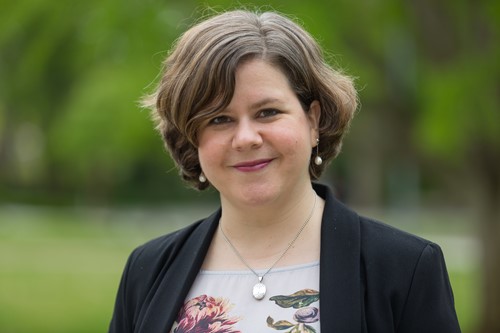“Developing and formalizing mediation in the field of criminal justice complements judicial processes and contributes to improving social cohesion.” So said Inés Olza, a researcher at the University of Navarra’s Institute for Culture and Society (ICS), within the framework of the European Mediation Day, to be held on January 21.
Olza coordinates InMedia, a new project of interdisciplinary reflection on the act of mediation, She recently led, together with UNAV Professor Ana Marta González, the STI experts meeting “Accessing the Public Space through Intercultural Mediation: Challenges in a Changing World.”
Through mediation processes entered into “freely and with a proactive perspective,” Olza explained, victims and perpetrators meet so that the latter assume their responsibility and repair the damage caused to the former.
This restorative justice approach is not intended to replace the traditional model of retributive justice, she said: “Perpetrators do not receive any type of benefit or sentence reduction for participating in the process. The effects go beyond the penal system; they are personal. The goal is for the victim to feel repaired”.
She further emphasized that the consensus of sitting together “is only one step within a broad process” that includes “deep and particularly demanding” previous work with the person who has committed the crime or caused harm, as well as with the victim. “Victims are not pressured to forgive. The intention is to see if they have the psychological, personal or vital disposition to be face to face with the aggressor without endangering their psychological integrity,” she added.
According to the expert, mediation saves the judicial system resources, because “the fact that a judge issues a sentence does not mean that conflicts cannot arise again in the future.” The process, she said, “empowers the parties to channel a problem autonomously” and provides them with tools so that they do not have to resort later “to external or extreme legal solutions”.
Olza considers mediation to be very useful in murders and homicides because, in addition to the direct victim (the deceased person) there are other indirect ones -their loved ones. “The murderer generates an imposed bond with victims’ loved ones. By sitting face to face and listening to the perpetrator’s regret, these indirect victims feel that they take ownership of the relationship, that they have some control over it.”
Furthermore, Olza has highlighted the deterrent nature of criminal mediation in the case of criminals who, because they are minors, cannot enter a regular judicial process. “It offers a great opportunity,” she said, “to make them take responsibility for their actions, through direct communication with the person on whom they have inflicted harm.”
This text has been adapted from the original article published here on the University of Navarra’s website.
